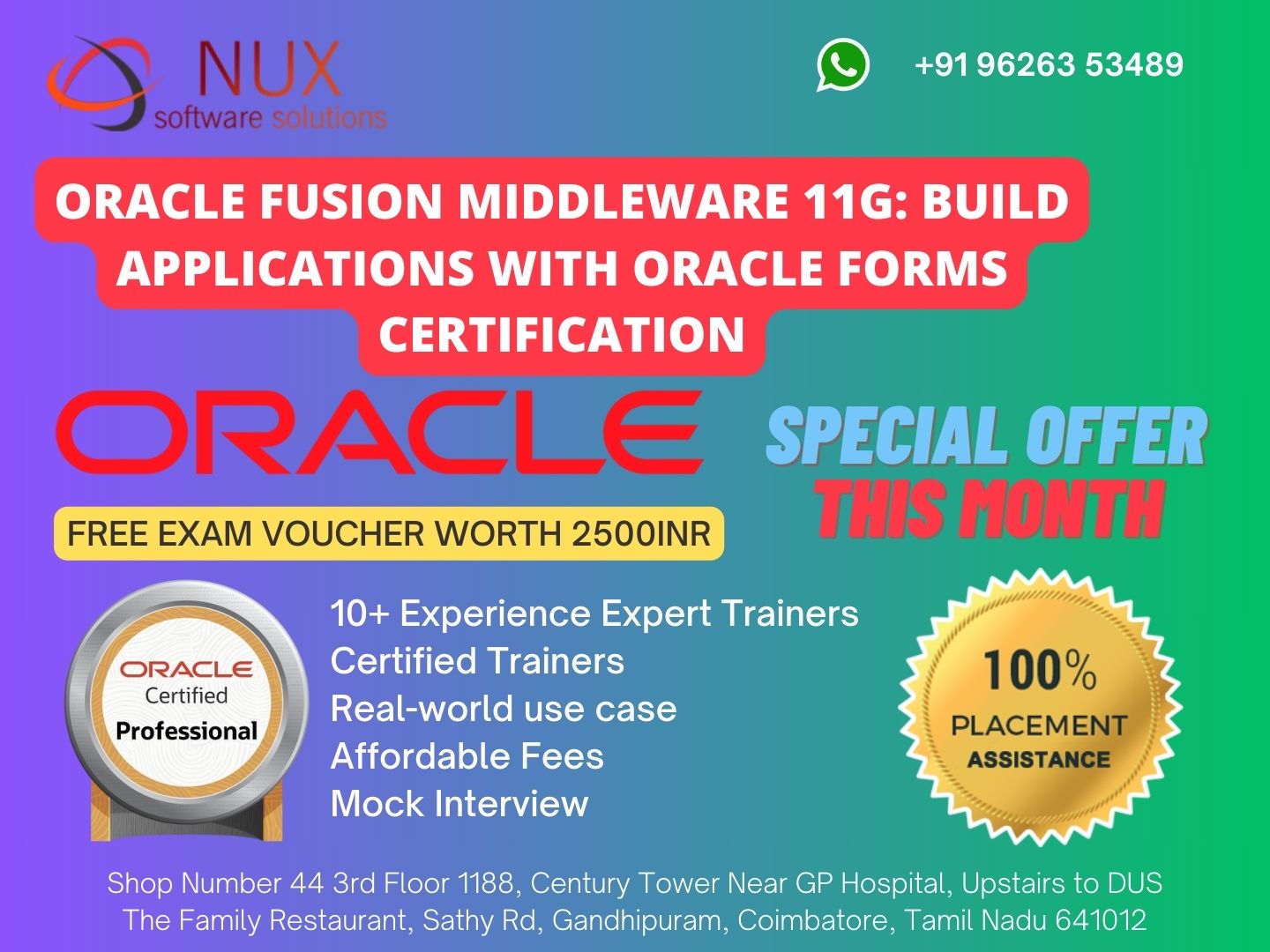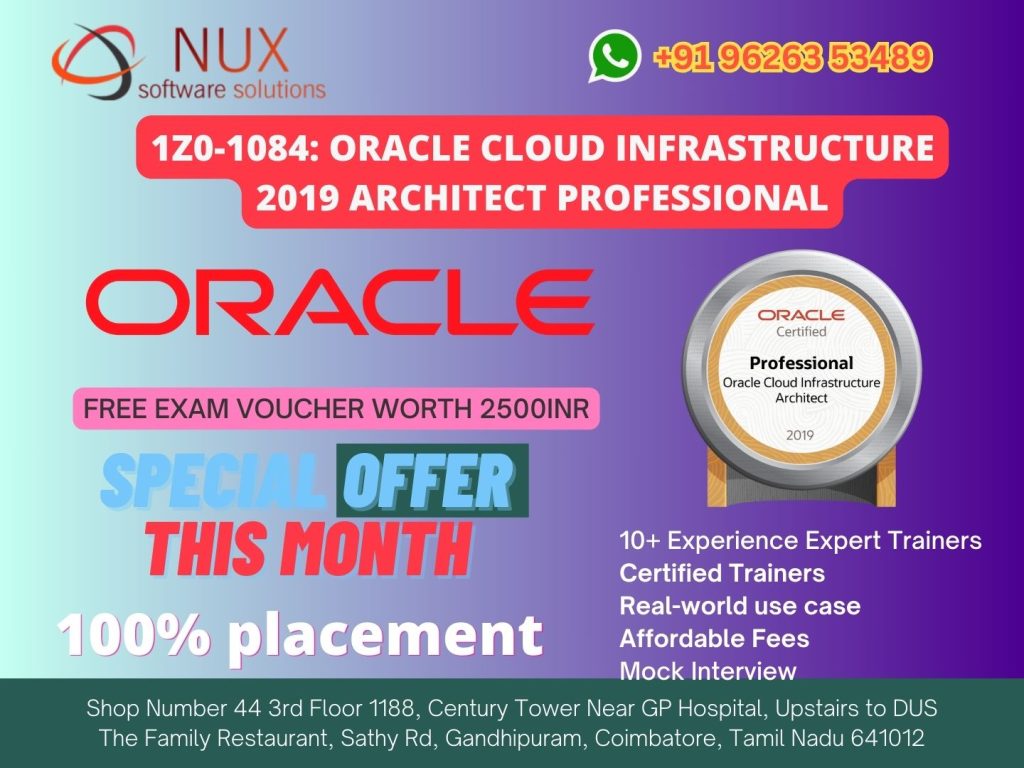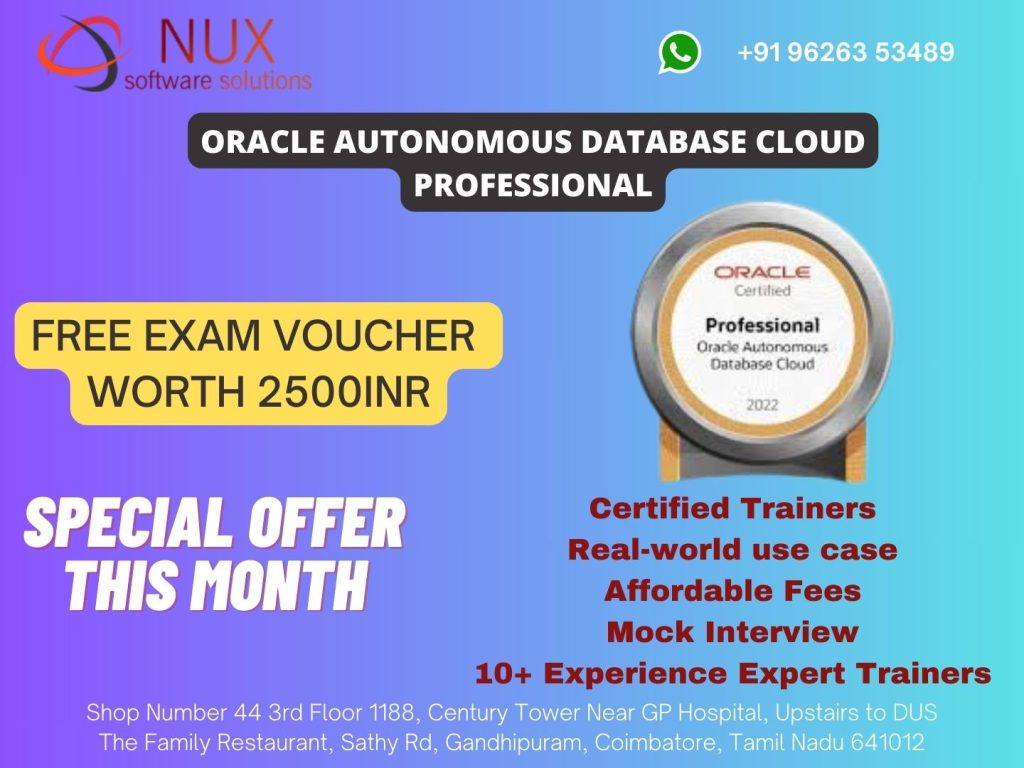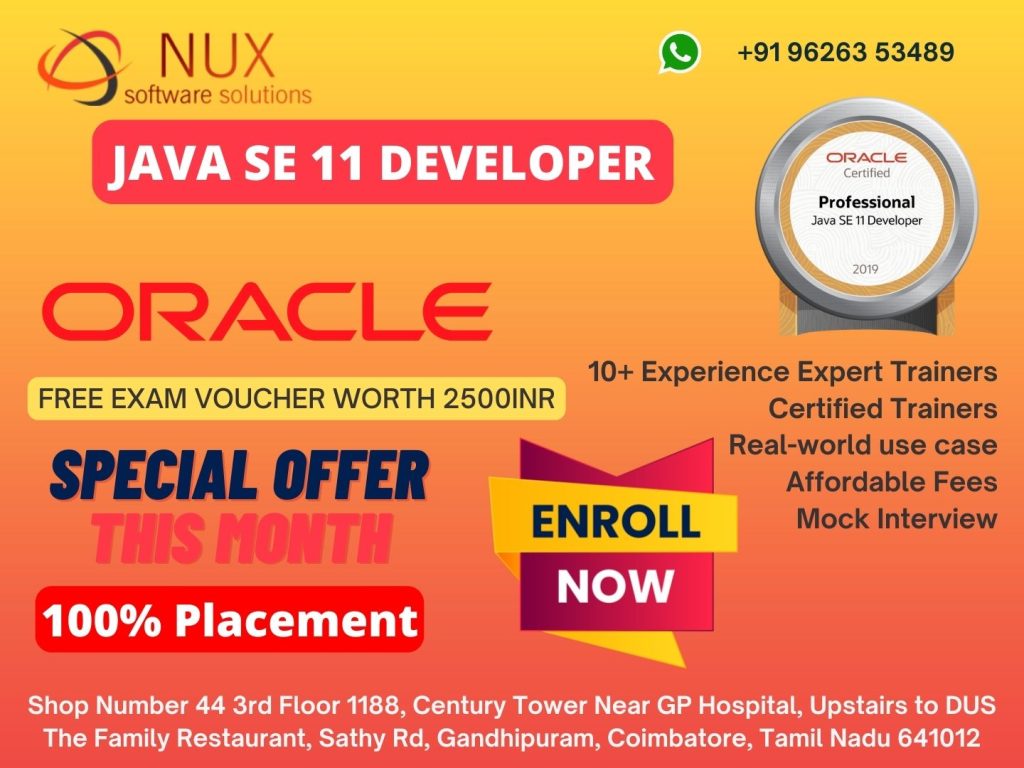Oracle Fusion Middleware 11g: Build Applications with Oracle Forms

Course Summary
This training program provides a practical foundation in Oracle Forms 11g, a core component of Oracle Fusion Middleware used to build enterprise-grade, data-centric applications. Designed for developers and technical professionals, the course covers the end-to-end process of building and deploying forms-based applications using Oracle’s development environment.
The course explores how to connect to Oracle databases, handle user interactions, and deliver scalable applications across industries like banking, manufacturing, and logistics.
Why Choose This Course
Even as modern UI frameworks evolve, Oracle Forms remains vital in many mission-critical applications across global enterprises. This course helps you:
Learn how to design user interfaces and handle business logic using Oracle Forms
Work with legacy and hybrid applications that still depend on Forms-based architecture
Gain hands-on experience with Forms Builder, PL/SQL integration, and data blocks
Align your skills with real-time enterprise application requirements
Become proficient in developing, testing, and deploying Forms apps in Oracle environments
Who Should Enroll
This course is ideal for:
Application developers and technical consultants working with Oracle technologies
PL/SQL programmers seeking to build data-entry and business forms applications
Professionals supporting legacy ERP and custom applications built on Oracle Forms
Developers transitioning to Oracle ADF or Fusion development frameworks
Organizations looking to modernize or maintain their Oracle Forms systems
Skills You Will Gain
Using Oracle Forms Builder to create form modules, data blocks, and canvases
Integrating PL/SQL triggers, validation rules, and user events
Connecting forms to Oracle databases for transactional operations
Developing interactive applications with menus, alerts, LOVs, and record groups
Configuring and deploying Forms applications in Oracle WebLogic Server
Enhancing applications with modular design, libraries, and custom code
Career Benefits
Upon completion, you will:
Be equipped to build and maintain enterprise applications using Oracle Forms 11g
Qualify for roles such as Oracle Forms Developer, PL/SQL Programmer, or Legacy Application Consultant
Support digital transformation projects by maintaining or migrating legacy Oracle applications
Improve your ability to work in hybrid environments involving Fusion Middleware, Forms, and modern UIs
Lay the groundwork for future learning in Oracle ADF, JDeveloper, and Oracle Cloud development
Bring Life to Enterprise Applications with Oracle Forms
Oracle Forms continues to support mission-critical workflows in many global companies. This training helps you become proficient in a technology that bridges the gap between database logic and user interfaces.
Start building smarter Oracle applications today.
Course Syllabus
Modules
- Describe the components of Oracle Fusion Middleware 11g
- Describe the features and benefits of Oracle Forms Services and Oracle Forms Builder
- Describe the architecture of Oracle Forms Services
- Describe the course application
- Start WebLogic Server
- Describe the run-time environment
- Describe the elements in a running form
- Navigate a Forms application
- Describe the two main modes of operation
- Run a form in a Web browser
- Retrieve both restricted and unrestricted data
- Insert, update, and delete records
- Display database errors
- Describe Forms Builder components
- Navigate the Forms Builder interface
- Identify the main objects in a form module
- Customize the Forms Builder sessionUse the online help facilities
- Use the online help facilities
- Identify the main Forms executables
- Describe the form module types
- Set environment variables for design and run time
- Run a form from within Forms Builder
- Create a form module
- Create a data block
- Save and run a form module
- Identify form file formats and their characteristics
- Describe how to deploy a Forms application
- Explain how to create documentatoin for a Forms application
- Create data blocks that have relationships with one another
- Run a master-detail form module
- Modify a data block
- Modify the layout of a data block
- Identify the components of the Property Palette
- Manage object propertiesCreate and use Visual Attributes
- Control the behavior and appearance of data blocks
- Control frame properties
- Create data blocks that do not directly correspond to database tables
- Delete data blocks and their components
- Describe text items
- Create a text item
- Modify the appearance of a text item
- Control the data in a text item
- Alter the navigational behavior of a text item
- Enhance the relationship between the text item and the database
- Add functionality to a text itemDisplay helpful messages
- Enhance the relationship between the text item and the database
- Describe LOVs and editors
- Design, create, and associate LOVs with text items in a form
- Create editors and associate them with text items in a form
- Identify the item types that allow input
- Create a check box
- Create a list item
- Create a radio group
- Identify item types that do not allow input
- Create a display item
- Create an image item
- Create a button
- Create a calculated item
- Create a hierarchical tree item
- Create a bean area item
- Describe the relationship between windows and content canvases
- Create windows and content canvases
- Display a form module in multiple windows
- Display a form module on multiple layouts
- Describe the different types of canvases and their relationships to each other
- Identify the appropriate canvas type for different scenarios
- Create an overlay effect by using stacked canvases
- Create a toolbar
- Create a tabbed interface
- Describe triggers
- Identify the different trigger categories
- Plan the type and scope of triggers in a form
- Explain how trigger properties affect trigger behavior
- Write trigger code
- Explain the use of built-in subprograms in Forms applications
- Describe the When-Button-Pressed trigger
- Describe the When-Window-Closed trigger
- Describe the components of the debug console
- Use the Run Form Debug button to run a form module in debug mode
- Explain how to use remote debugging
- Debug PL/SQL code
- Supplement the functionality of input items by using triggers and built-ins
- Supplement the functionality of noninput items by using triggers and built-ins
- Describe the default messaging behavior of a form
- Handle run-time failure of built-in subprograms
- Identify the different types of forms messages
- Control system messages
- Create and control alerts
- Handle database server errors
- Explain the processes involved in querying a data block
- Describe query triggers and their scope
- Write triggers to screen query conditions
- Write triggers to supplement query results
- Control trigger action based on the form's query status
- Explain the effects of the validation unit upon a form
- Control validation
- Describe how Forms tracks validation status
- Control when validation occurs
- Distinguish between internal and external navigation
- Control navigation with properties
- Describe and use navigation triggers
- Use navigation built-ins in triggers
- Explain the process used by Forms to apply changes to the database
- Describe the commit sequence of events
- Supplement transaction processing
- Allocate sequence numbers to records as they are applied to tables
- Implement array data manipulation language (DML)
- Describe flexible code
- Explain the advantages of using system variables
- Identify built-in subprograms that assist flexible coding
- Write code to reference objects
- Describe the various methods for reusing objects and code
- Inherit properties from property classes
- Group related objects for reuse
- Explain the inheritance symbols in the Property Palette
- Reuse objects from an object library
- Reuse PL/SQL code
- Describe the benefits of the WebUtil utility
- Integrate WebUtil into a form
- Use WebUtil to interact with the client machine
- Call one form module from another
- Define multiple form functionality
- Share data among open forms
- Describe the different components of a menu module
- Create, save and attach menu modules
- Set menu properties using the Property Palette
- Create menu toolbars
- Create pop-up menus
- Control menus programmatically
- Manage the interaction between the menu and form documents
- Implement application security through the menu



